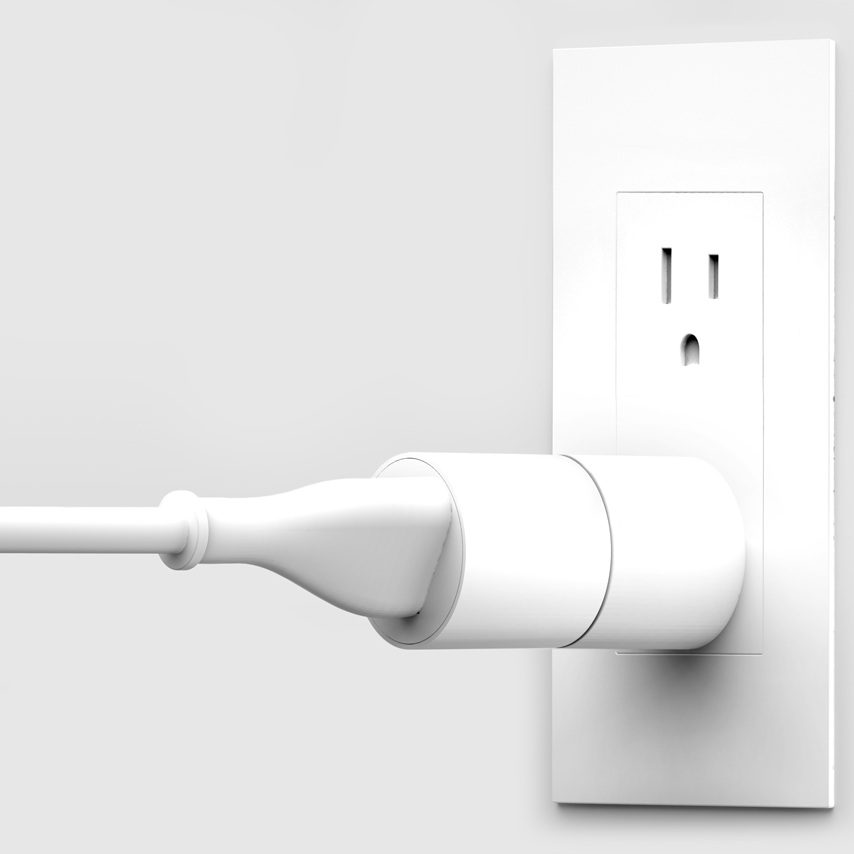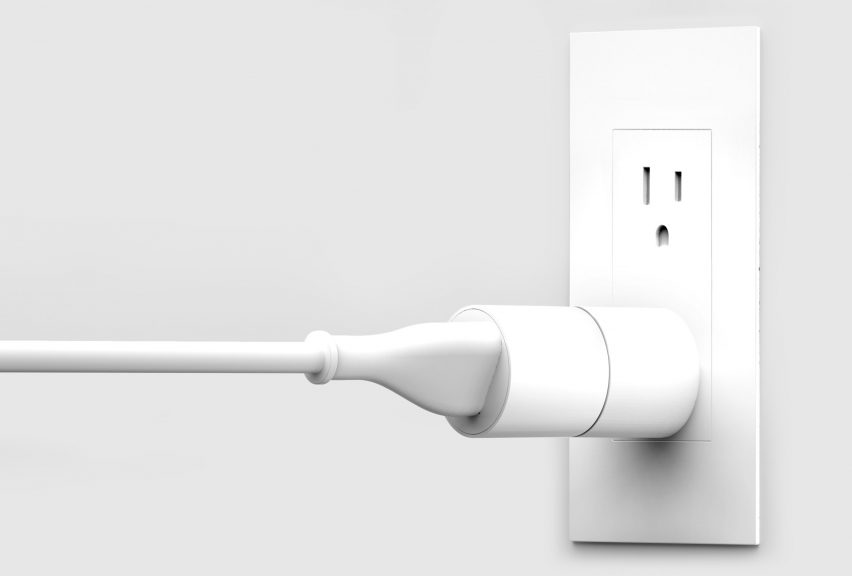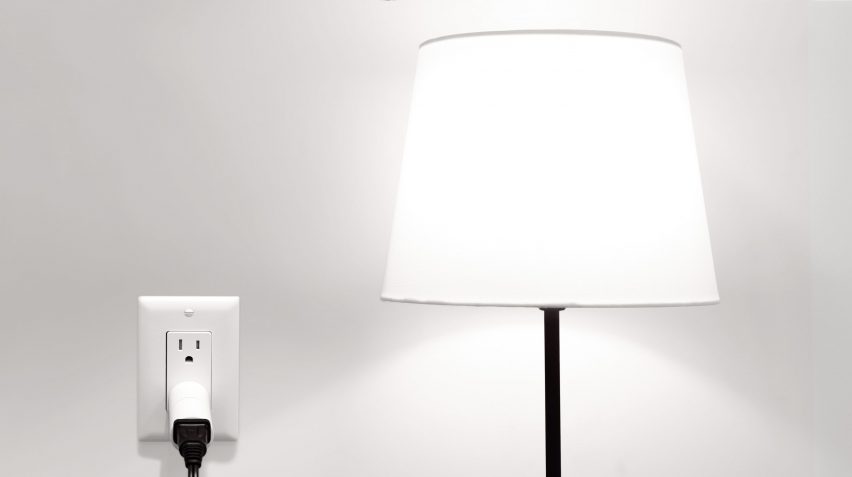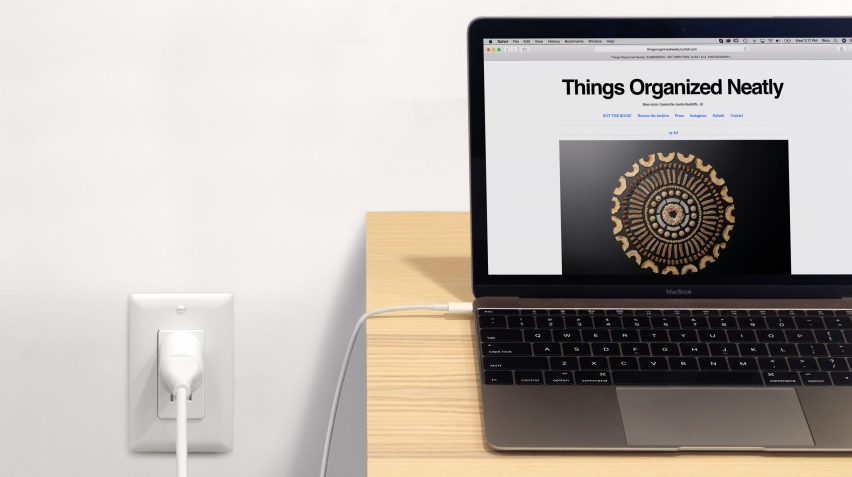
Magnetic plug builds on Apple's discontinued MagSafe design
A company in the US has invented a magnetic break-away plug based on the design of Apple's discontinued MagSafe power connectors.
Designed by Portland-based company I Love Handles, the Tug plug is made up of two pieces held together magnetically.
If too much force is applied to a cable plugged into Tug, it splits open and safely disconnects from the wall.

Like Apple's MagSafe charging connector, which was discontinued in 2015 and replaced by a USB-C connection, Tug helps to avoid electrical devices and equipment crashing to the floor and breaking if someone trips over a cable.
However, unlike the original MagSafe design, which plugged into the gadget itself, I Love Handles' design comes in two pieces and plugs into the wall.

The brand said that as well as preventing accidents, Tug can also work as a quick switch that you just need to pull in order to turn off an electrical device such as a lamp or vacuum.
"The idea came when I was trying to deal with a lamp cord that my kids were tripping over,"I Love Handles co-founder Rich Moore told Dezeen. "We thought that moving the magnet to the outlet made a lot of sense in expanding the use beyond laptops – I have also always hated that I can’t just yank on the vacuum cord to unplug it."
Moore said the development process was lengthy, as the designs they came up with were bulky and "ugly". Manufacturers were also reluctant to take on the plug design, as they said they were too complicated.
"We had a major breakthrough when we realised that it is essentially an adapter and that we could dramatically simplify the design. Another breakthrough came when we decided to make the magnet the ground. There were a lot of small breakthroughs that seem obvious now, but they weren’t in the beginning," added Moore.

Apple's MagSafe was used for a decade on its MacBook laptops and was widely cited as an example of the Californian company's ability to create simple but functional design details.
More recently, the company filed a patent for a crumb-proof keyboard. Responding to the problem of dust and crumbs falling down the sides of keys, the patent sets out two designs that would prevent "contaminants" from causing Macbook keys to get stuck and could also see Apple keyboards become resistant to liquid spillages.